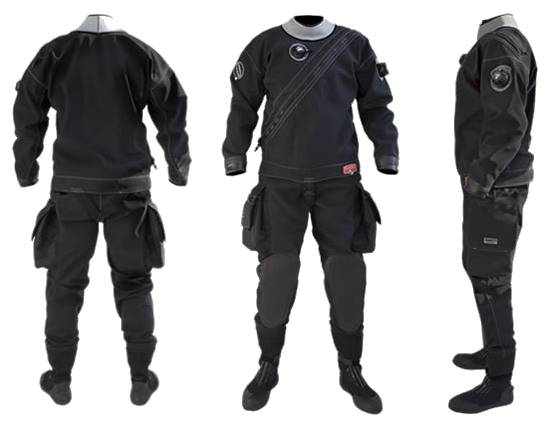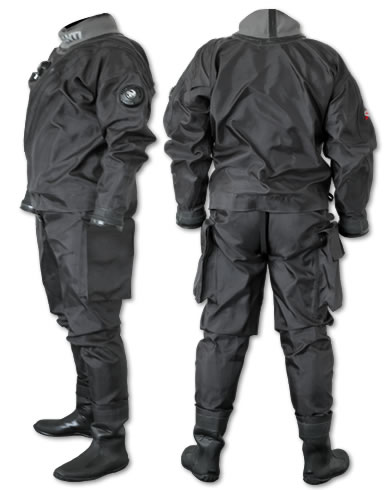Dry Suit Diver specialty course
The diving suit has two main uses, protection from the marine environment and keeping the body warm. In cold water dives and/or particularly long dives, it is especially important to maintain body temperature, both in terms of comfort and enjoyment of diving and in the physiological aspect - the drop in body temperature can lead to hypothermia and even accelerates the decompression phenomenon.
A dry suit is ideal for keeping the diver's body warm, but using DRY SUIT requires training
Learning objectives:
The purpose of the course is to introduce the certified diver to use a dry suit, to learn about the various accessories needed for dry suit diving and to learn buoyancy control when using a dry suit.
The diver who has been diving with wet suits only, will find that it will be necessary to
learn new skills and changing existing habits.

Prerequisites:
- Must be certified as a Two Star diver or equivalent – Junior Two Star certification not applicable.
- Must have a minimum of 30 logged dives.
Class structure and topics:
The duration of the course is between one and two days and includes one classroom lesson and two water lessons
As part of the course, the student will spend most of the time underwater in the open sea and deal with Fault simulation, movement, and buoyancy control.
The academic lesson will include the folowing topics:
different configurations of dry suits
the structure of the dry suit and the accompanying accessories.
The water session will include two dives:
fitting the dry suit and the accompanying equipment
buoyancy control in the use of a dry suit and dealing with emergency situations.

Required equipment:
it is recommended to consult the instructor before purchasing a dry suit and additional equipment
Full diving equipment.
a dry suit
dry suit undergarments.
An additional argon cylinder/inflator hose for a dry suit.

